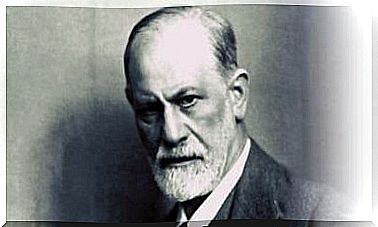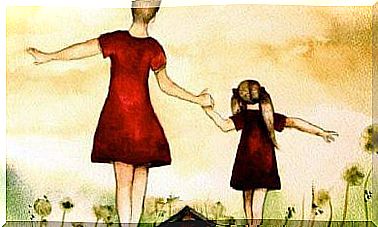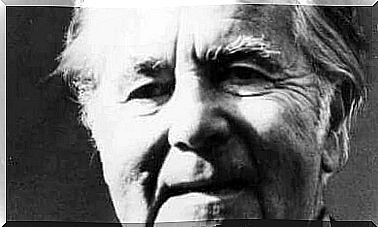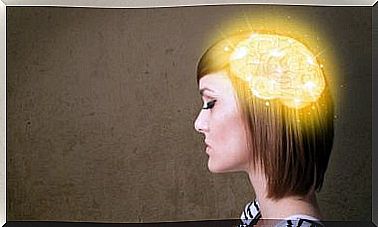Seasonal Affective Disorder

Seasonal Affective Disorder (ATE) is also known as Winter Depression (DI). It certainly sounds more common than we think, especially in those people who, at certain times of the year, become sad without knowing why. Do you want to know more about this disorder?
So… come on!
What is TAE?
Affective Emotional Disorder is a type of depression that is affected by changes in brightness caused by each season. In northern hemisphere countries, it starts in the months of October and November, when daylight hours are reduced. With the arrival of spring, these symptoms are lessened. The opposite is often the case and symptoms appear during the summer.
What are the causes?
The causes of TAE are not yet clear. At the moment, we know that the consequence of feeling sad and discouraged is due to the few hours of light coming from the change of season. Otherwise, in summer, the increase in lights also causes a shift in emotions, but the reason for this remains unclear.
If we focus on our brain, experts believe that the melatonin and serotonin (two hormones that help regulate the sleep cycle, energy and humor) may be responsible for the more we feel discouraged than usual.
What symptoms do you present?
1. Constant change of heart
People suffering from TAE suddenly have a low mood, they feel that nothing is worth it. They definitely have feelings of hopelessness. They get upset more often about anything, no matter how silly. All of this is a consequence of his emotional state, which is more irritable and sensitive.
2. Inability to enjoy
Despite liking a certain thing a lot, when presenting the TAE, the person loses interest in everything they enjoyed, as they are no longer able to enjoy it as before. The person loses interest and is dissatisfied with many things and situations. This is often accompanied by feelings of guilt.
3. Decrease in energy
Have you ever felt tired for no apparent reason? Why do we tend to sleep a lot even though we’re not tired? What happens? These are the questions people with ESD often ask themselves. The near absence of energy, which suddenly consumes us, provokes a doubt that we cannot find a cause or explanation for.
4. Food changes
Among the dietary changes caused by this type of disorder are both the lack of appetite and the need to eat more. The latter can be enhanced by anxiety caused by changes in sleep, lack of energy, the passivity with which we are suddenly taken.
5. Difficulty concentrating
This disorder can cause a decrease in school and work performance. Why does it happen? For lack of motivation. As we mentioned before, lack of energy has a lot to do with it. It gets harder to get out of bed, for example… everything will require an extra effort that we don’t have, because we don’t feel like doing anything. We also suffer from a lack of concentration, which will make us think about other things or, perhaps, about nothing.
6. Decrease in social activities
People with this disorder may spend less time away from home. They tend to withdraw, to see their friends and family less. It’s as if these people close in on themselves. They don’t feel like going out, clearing their minds, having a nice time, doing something, feeling active. This ends up producing frustration, as they also do not do anything at home, however, they see their life meaningless .
How to solve?
To start with, you need to explain these symptoms to a doctor to see what they can help with. It will also be able to resolve any doubts that the person may have.
Certainly, one of your recommendations will be to take advantage of the light hours to exercise, strive to maintain an active social life, good nutrition, a sleep routine, etc. These and other things can help improve symptoms of this disorder.
And you, suffer or know someone who is going through this disorder? Do you believe there is a solution for Seasonal Affective Disorder? We await your opinions!









